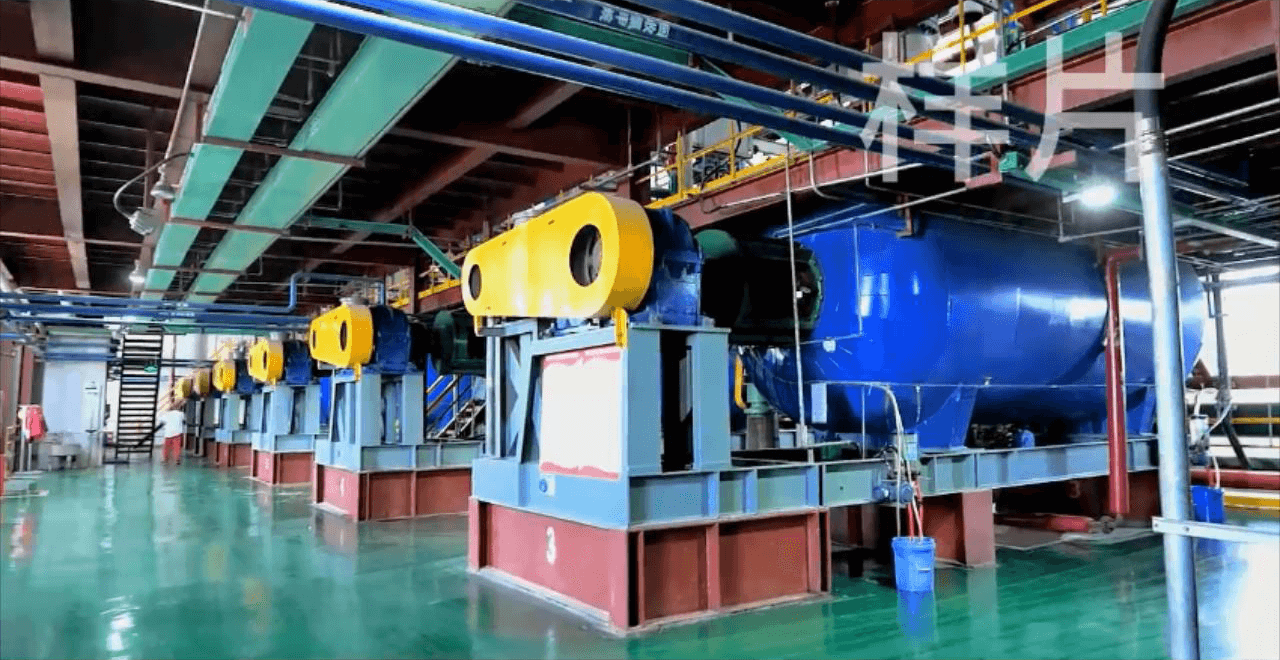
Dec . 03, 2024 19:31 Back to list
hydroxypropyl methylcellulose use
The Versatile Uses of Hydroxypropyl Methylcellulose
Hydroxypropyl methylcellulose (HPMC) is a semisynthetic, inert polymer derived from cellulose, a natural compound found in the cell walls of plants. This versatile compound has gained immense popularity across various industries due to its unique properties, including water solubility, film-forming ability, and non-toxicity. HPMC serves a multitude of purposes, particularly in the fields of pharmaceuticals, food, cosmetics, and construction, making it a vital ingredient in numerous applications.
The Versatile Uses of Hydroxypropyl Methylcellulose
In the food industry, HPMC is employed as a food additive, particularly as a thickening agent, emulsifier, and stabilizer. It enhances the texture and stability of various food products, including sauces, dressings, and baked goods. Moreover, HPMC is often used in gluten-free products to improve their texture and retain moisture, making it a preferred choice among manufacturers catering to the gluten-sensitive population. The use of HPMC in food formulations is especially significant as it is regarded as safe and does not contribute calories, making it an attractive option for health-conscious consumers.
hydroxypropyl methylcellulose use

Cosmetics and personal care products also benefit significantly from HPMC. It acts as a thickener and stabilizer in creams, lotions, and gels, providing an appealing texture and improving the product’s overall performance. HPMC enhances the spreadability of these products, ensuring that they adhere well to the skin. Additionally, because of its non-toxic nature, HPMC is a desirable ingredient in formulations intended for sensitive skin, allowing consumers to enjoy effective skincare solutions without concern for adverse reactions.
In the construction industry, HPMC plays a crucial role as an additive in cement and gypsum-based products. It improves the workability of mortar, plaster, and tile adhesives, facilitating smooth application and enhancing bonding strength. The ability of HPMC to retain water is particularly advantageous, as it extends the open time for these materials, allowing builders and contractors ample time to work with them before they dry. This characteristic not only improves the quality of construction but also offers significant cost savings by reducing waste and enhancing durability.
Moreover, HPMC is a key player in the field of paint and coatings. Its water-retaining properties contribute to the longevity and consistency of paints, ensuring smooth application and helping to prevent the settling of pigments. HPMC enhances the flow and leveling of coatings, resulting in professional-grade finishes and improved aesthetic appeal.
In summary, hydroxypropyl methylcellulose is a multifunctional compound with a broad spectrum of applications across various industries. From serving as a critical excipient in pharmaceuticals to enhancing the texture of food products and stabilizing cosmetics, HPMC’s versatility is undeniably remarkable. Its non-toxic nature and excellent performance characteristics make it a preferred choice among manufacturers who seek quality and efficiency in their products. As research and development in this area continue, the potential uses of hydroxypropyl methylcellulose are likely to expand further, solidifying its status as an essential ingredient in modern formulations. As industries evolve and consumer demands shift, HPMC will undoubtedly remain at the forefront of innovation, contributing to improved products and enhanced experiences for consumers worldwide.
-
Versatile Hpmc Uses in Different Industries
NewsJun.19,2025
-
Redispersible Powder's Role in Enhancing Durability of Construction Products
NewsJun.19,2025
-
Hydroxyethyl Cellulose Applications Driving Green Industrial Processes
NewsJun.19,2025
-
Exploring Different Redispersible Polymer Powder
NewsJun.19,2025
-
Choosing the Right Mortar Bonding Agent
NewsJun.19,2025
-
Applications and Significance of China Hpmc in Modern Industries
NewsJun.19,2025







